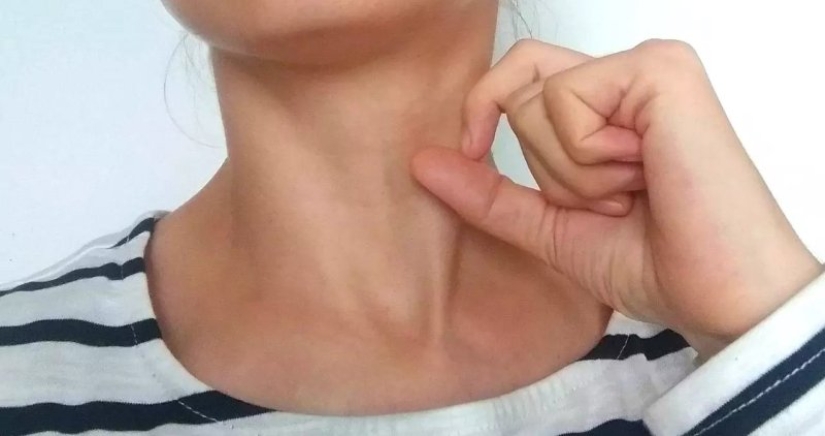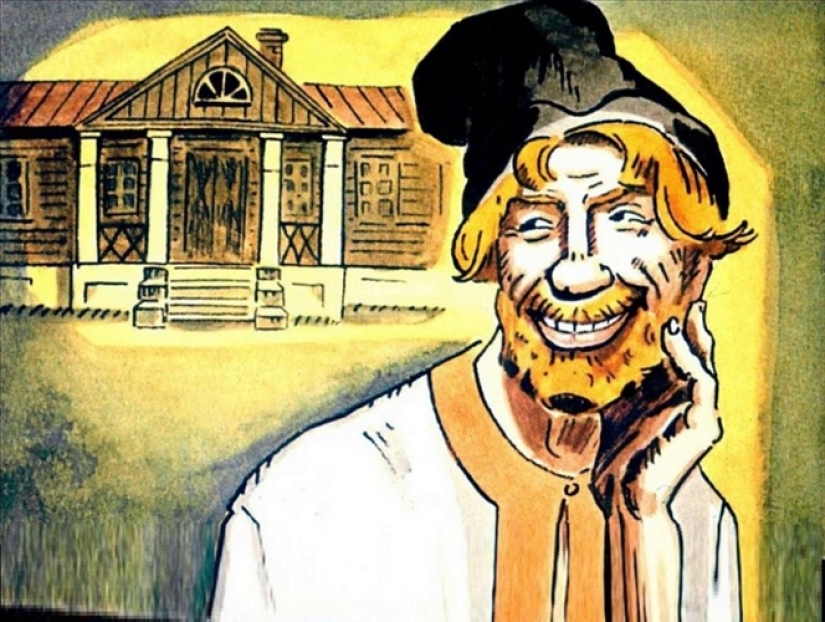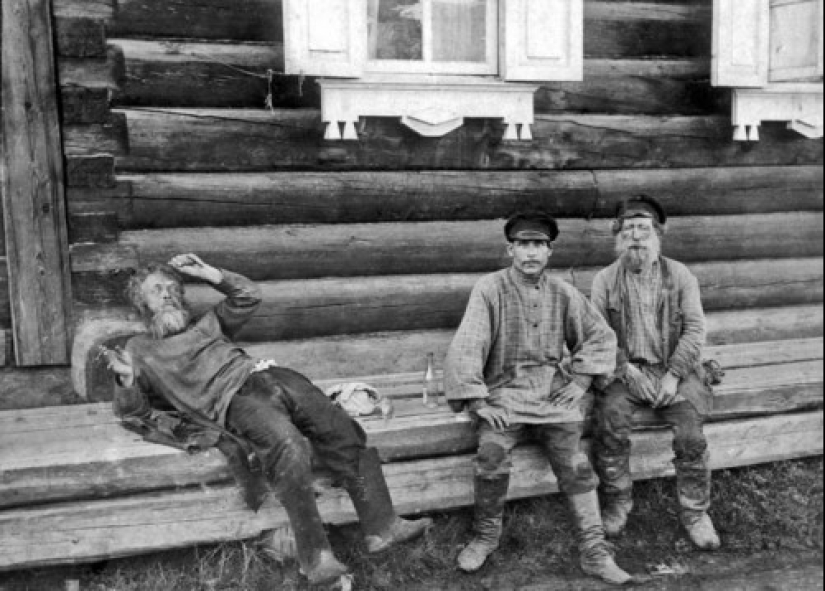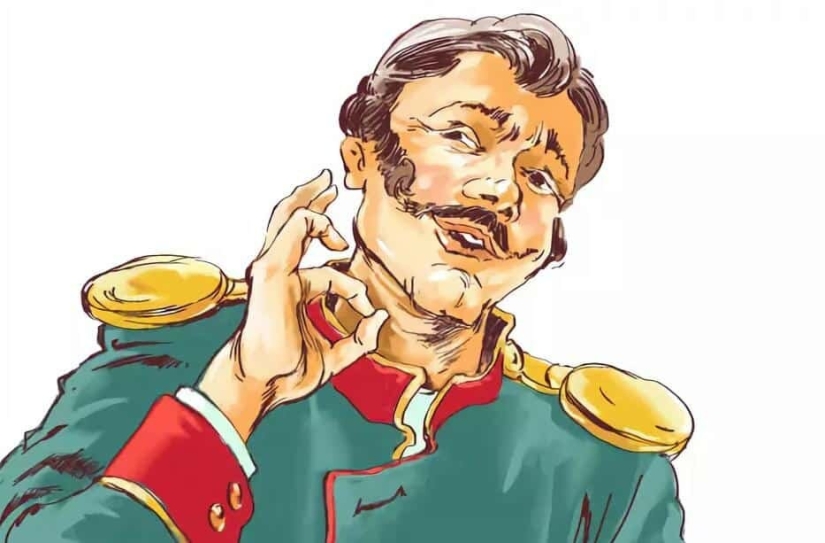How did the traditional Russian gesture inviting a drink appear
Categories: History
By Pictolic https://pictolic.com/article/how-did-the-traditional-russian-gesture-inviting-a-drink-appear.htmlIn our country, probably everyone knows what it means to click your index finger on the throat. For a country that relatively recently was the most drinkable, this is not surprising. But, oddly enough, this popular gesture did not appear in the Soviet era. He came to us from the depths of centuries and his birth was promoted not by drunkards, but by the highest aristocracy.

There are two hypotheses of the origin of the gesture calling for a drink. Interestingly, they do not exclude each other at all and both have the right to exist. According to the first, Tsar Peter I is to blame for everything. At the beginning of the 18th century, the monarch was expecting the Polish king to visit and suddenly noticed that the dome of the Innocent Church had peeled off. Now this temple is not in St. Petersburg, but at that time it was clearly visible from everywhere.
The tsar ordered the dome to be repaired immediately so as not to embarrass himself in front of the guest. But there was no time for repairs. There were two solutions to the problem. The first is to install scaffolding around the church and so gain access to the structure. The second is to tear off the metal sheets covering the dome, lower them down and paint them there. After that, of course, everything had to be put back in place.

Both options did not fit and therefore the cry was thrown in the capital. Peter the Great promised to reward generously the person who will be able to restore the dome cover quickly and efficiently. The person who wanted to receive the award was found quickly. It was a simple peasant drunk in shabby clothes. He first asked for a hangover, and then threw a stone with a rope tied to it on the cross of the church.
Pulling the other end of the rope to himself, the man climbed up. In two days he painted both the dome and the cross with gold paint and they became as good as new. When the resourceful and courageous master began to offer money, he refused them. "I'll drink it anyway," he told the sovereign's officials. As a reward, he asked for a certificate that would give him the right to drink for free in any tavern of the Russian Empire.
The man received such a document. But just a couple of days later, he was again standing on the threshold of the office and asked to issue a new certificate. It turned out that he had lost the letter with the seal during a drunkenness. The applicant was given a new certificate, but he also lost it. Then the drunkard, who was pretty tired of everyone, burned a brand on his neck, the meaning of which was notified to all the tavern keepers.

After that, the drinker just came to the pub and clicked his finger on the mark on his throat. This "document" was with him for the rest of his life. It is said that other specialists were awarded in this way, for example, a blacksmith who repaired a rare German pistol for Peter.
The second version of the origin of the drunkards' favorite gesture is associated with the name of Colonel Rayevsky, who lived in the 19th century. This officer was described by everyone as "eloquent and a buffoon." With a click on the throat, the military transmitted the well-known phrase "put it by the collar."

At first, the gesture was popular in narrow officer circles, but at the beginning of the 20th century it broke out into the people. Its wide distribution is associated with the "dry law" of 1914. Tsar Nicholas II restricted the sale of alcohol in connection with the outbreak of the First World War. As always, the desire to drink was stronger than the decrees of the authorities and alcohol began to be sold underground.
Sellers of counterfeit alcohol showed a well-known gesture, offering their forbidden goods in the crowd at the market. The secret sign has taken root and is still successfully used among fans of "use".
Recent articles

Aerial photographer cronista johnny Miller demonstrate dramatically the gap between rich and poor in cities of South Africa, Mexico ...

Jodhpur — second largest city of Rajasthan, India. Until the mid XX century served as the capital of Marwar Raja. It rarely ...

We present you a selection of amazing beaches — but today these are not standard holiday destinations, but really unusual places. ...